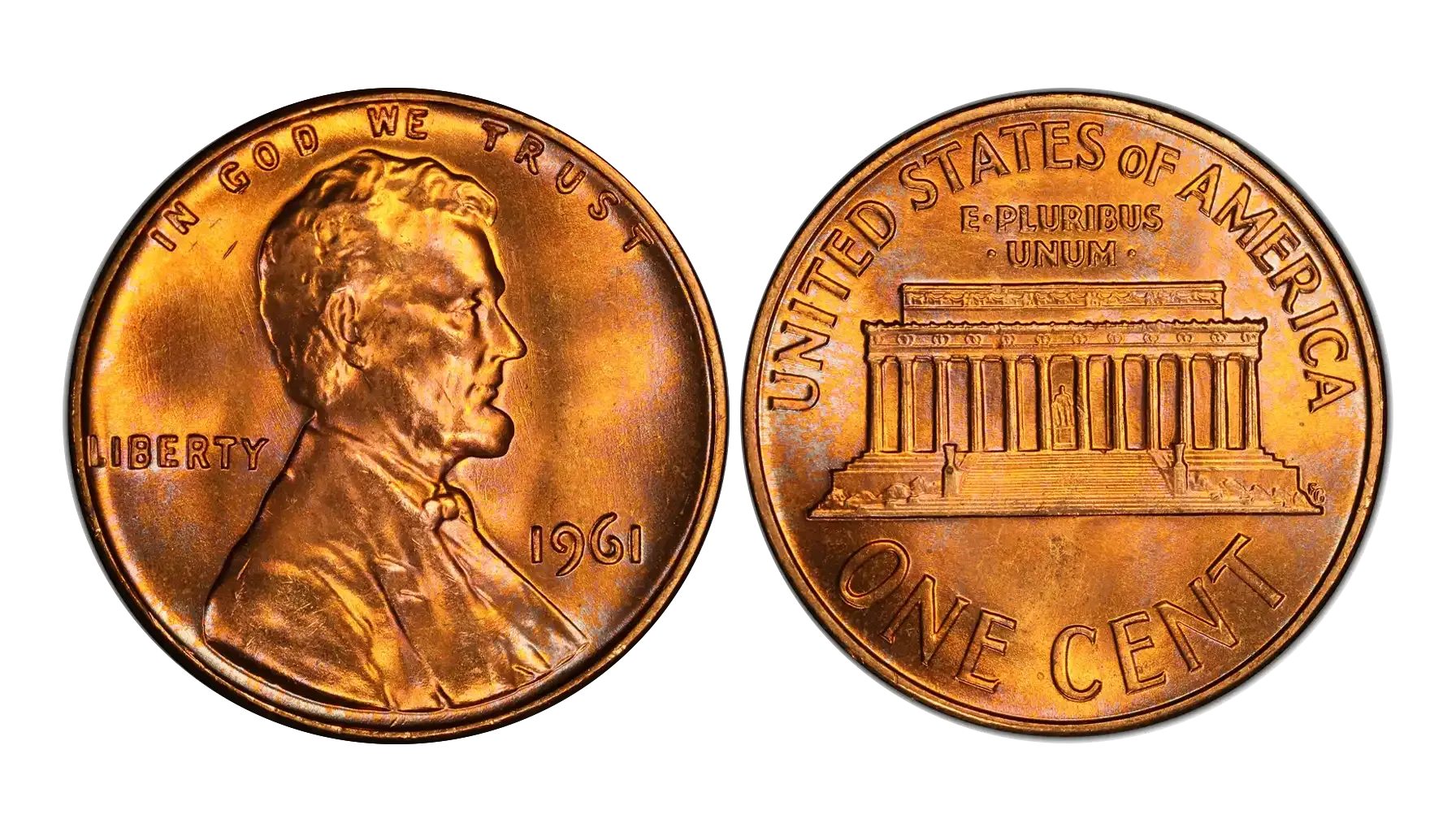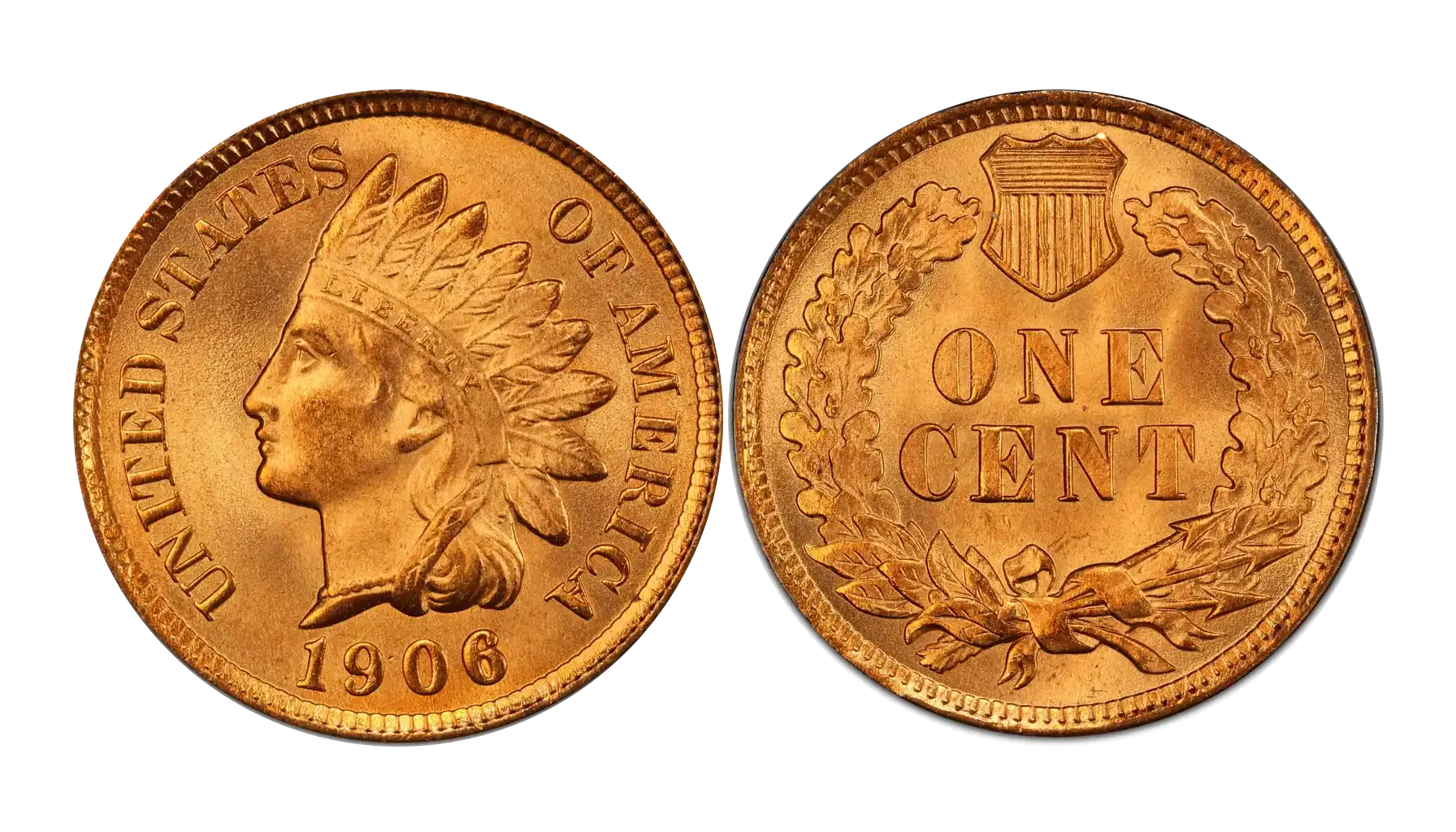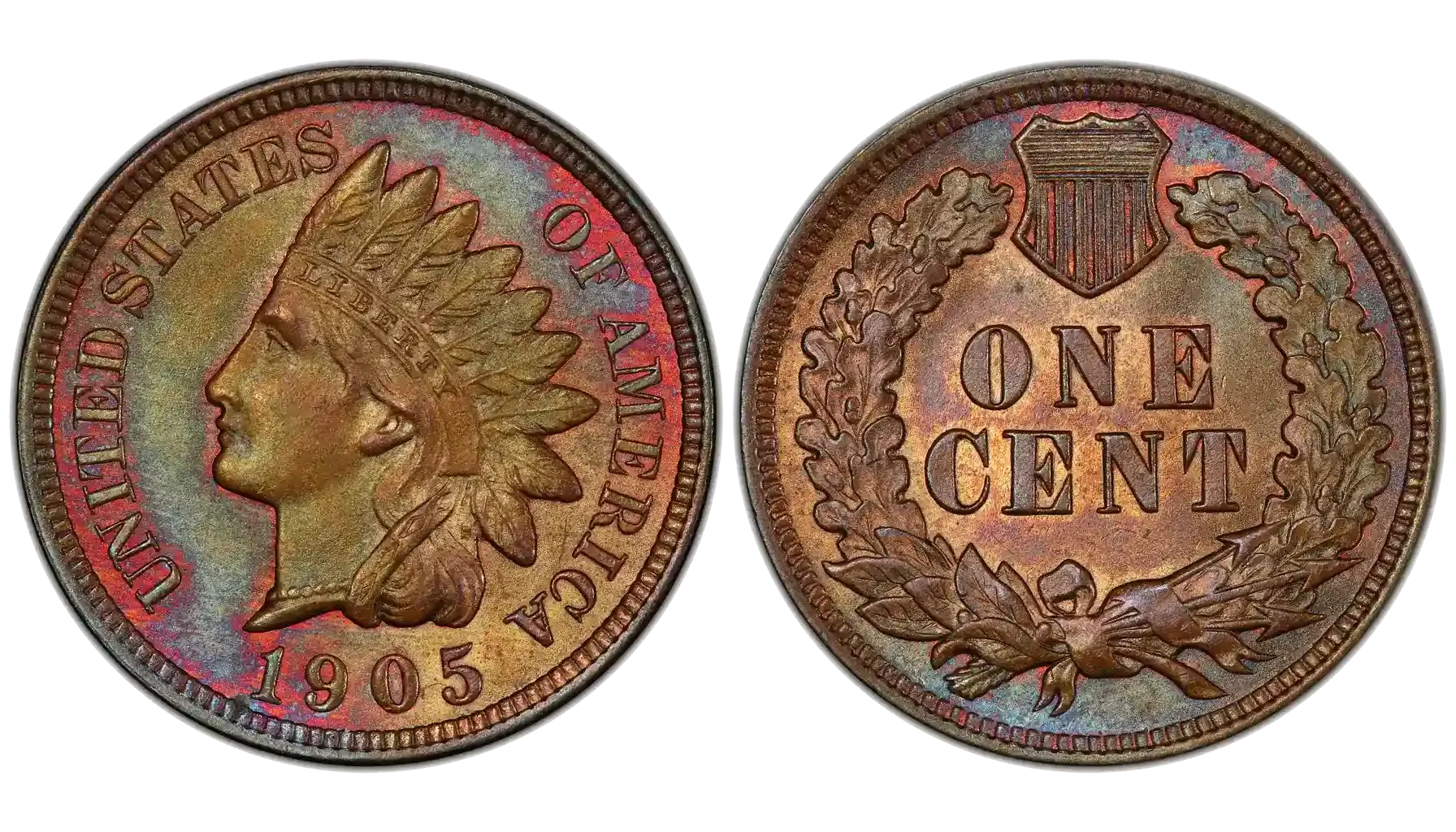We've been rummaging through old collections for years, and there's just something about finding a penny from 1903 that sends a thrill down our spine.
We're talking about the 1903 Indian Cent, a true piece of American history right in your pocket (or maybe tucked away in your grandma's attic!).
This article isn't just about the pretty picture on the coin, though. It's about figuring out: what's the value of a 1903 Indian Head penny? Is it just a curious relic, or would you be sitting on a hidden gem?
We'll delve into what makes this particular year special, exploring potential rare errors and variations that can seriously impact how you check coin value – you might be surprised by how much these details can change its worth!
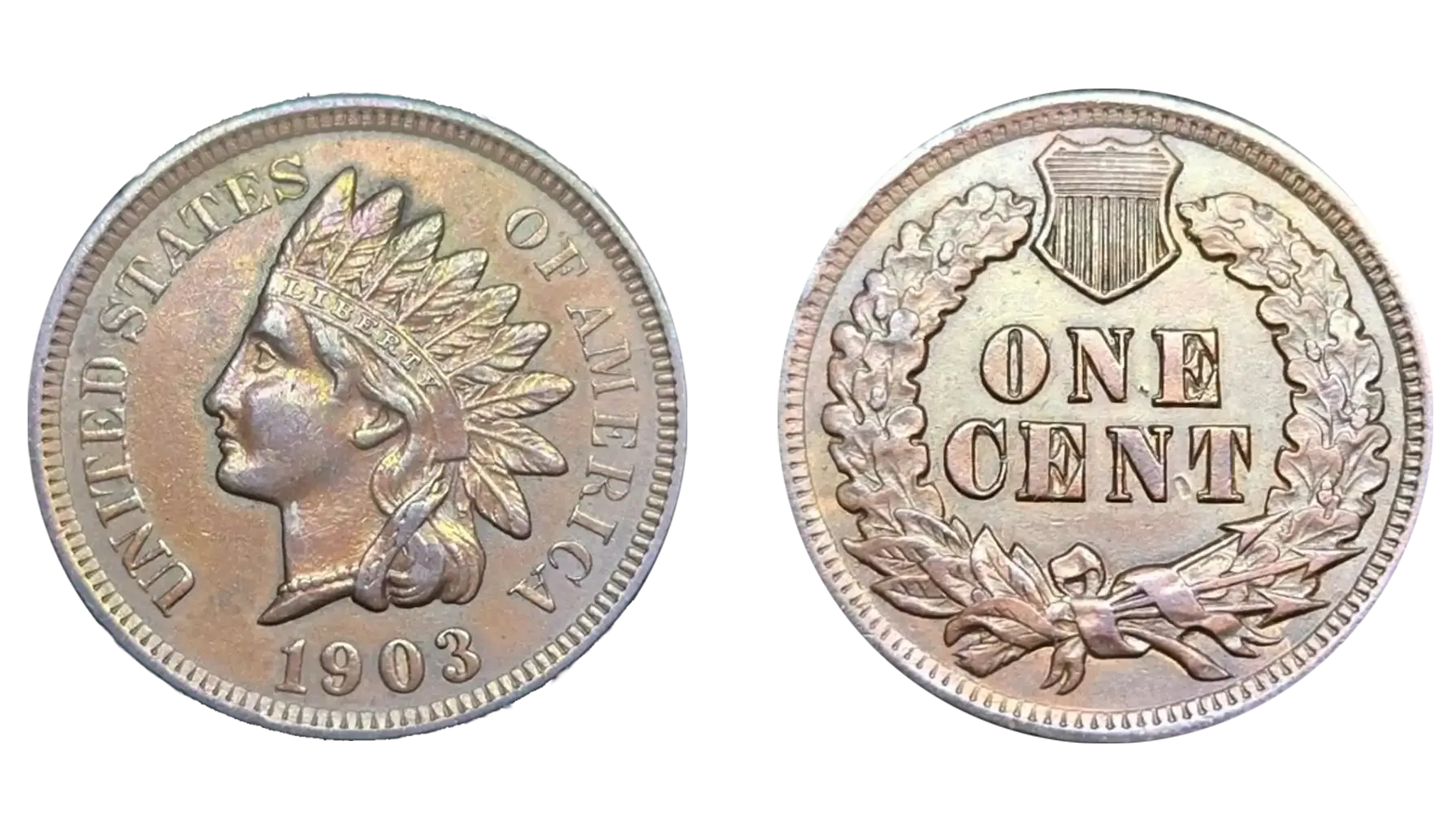
Main Characteristics
The Obverse | |
Design | Surface |
A Native American Head. Look for the sharpness of the feathers in the headdress and the clarity of the headband inscribed with "LIBERTY". The details of the facial features are also important for assessing condition. | Examine for luster, toning (color), and any imperfections like scratches or pitting. A well-preserved surface significantly impacts its 1903 penny value. |
The Reverse | |
Design | Mint Mark |
A wreath of wheat ears encircling "ONE CENT." Check the details of this 1903 wheat penny value. | The absence of a mint mark indicates the coin was struck in Philadelphia. Remember, it's not a mark of rarity. |
Metal Content | |
95% copper, 5% tin and zinc. This composition contributes to the coin's color and its susceptibility to toning. | |
Production & Design Origins
The Creator: James B. Longacre, Chief Engraver of the US Mint, designed this coin. He had a deliberate and meaningful purpose for it.
Design Intent: The Indian Head design was meant to embody the American spirit. It was considered a modern and bold design for its time. This influences the perceived quality of the 1903 one cent penny.
Minting Location: While most were made in Philadelphia, the Denver Mint also struck some. Knowing this helps understand the 1903 one cent coin value.
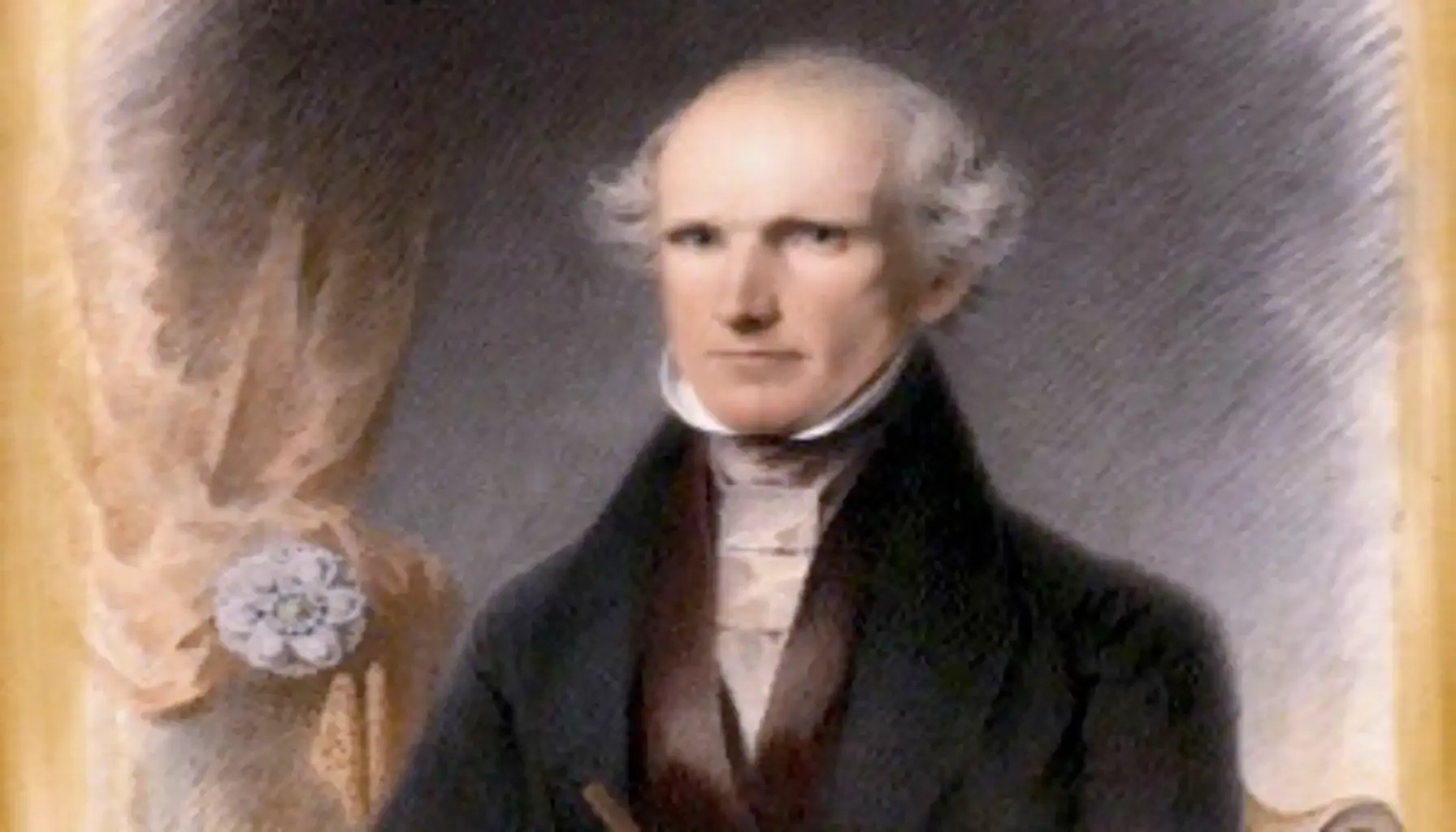
Preservation & Evaluation
The condition of the coin is paramount. Factors to consider: wear, scratches, cleaning marks, and toning.
Proper storage (in archival-quality holders) is essential to prevent further degradation.
To properly check coin value, you must consider condition, rarity, and market demand. A 1903 penny coin value can vary widely based on these factors.
So, while the 1903 Indian penny is a fascinating piece of history, remember, unless it is in uncirculated condition with very sharp details, don't expect to retire early.
General Value
A circulated example selling for \$1-$5 means it likely has noticeable wear, but it is still identifiable as a 1903.
Now, an uncirculated example, to command that higher price (\$20-\$50+), needs to have retained much of its original mint luster. That means it will have a shine that reflects light in a way that a circulated coin simply can't.
Also, the higher the grade, the larger the 1903 Indian Head penny value today. It is also vital to understand that professional grading PCGS tools will increase the value exponentially compared to your own, subjective opinion.
F (Fair) | We're talking about a coin where the date and the general outline of Liberty's head are visible, but the finer details are almost gone. The inscriptions might be partially worn away. These are essentially "filler" coins for collectors who are just trying to complete a set. |
VF (Very Fine) | Here, the major details are clear, but there's definite wear on the high points of the design (the cheekbone, the feathers). The lettering is mostly sharp. This is a nice, affordable example for many collectors. This is also roughly the condition where one could argue it is worth sending to get professionally graded, if you are shooting for a high grade. |
EF (Extremely Fine) | Now we're getting into serious collector territory. There's only light wear on the highest points. Most of the original details are intact. There might be some slight friction marks from circulation, but the coin is still quite attractive. At this point, you are starting to get a respectable amount of money based on what is a 1903 Indian Head penny worth equation. |
AU (About Uncirculated) | There may be only the slightest rubbing on the high points, barely noticeable to the naked eye. The coin retains almost all of its original luster. The eye appeal is high. |
MS (Mint State) | These coins have never been in circulation. They retain their full original luster and have no wear. Grading scales within Mint State (MS60 to MS70) further differentiate the quality, with MS70 being a perfect coin. Minute imperfections that most people would never notice can dramatically affect the grade and, therefore, the price. For example, "strike" is very important and it means that there can be weak spots or features in the coin and that could affect the grade. |
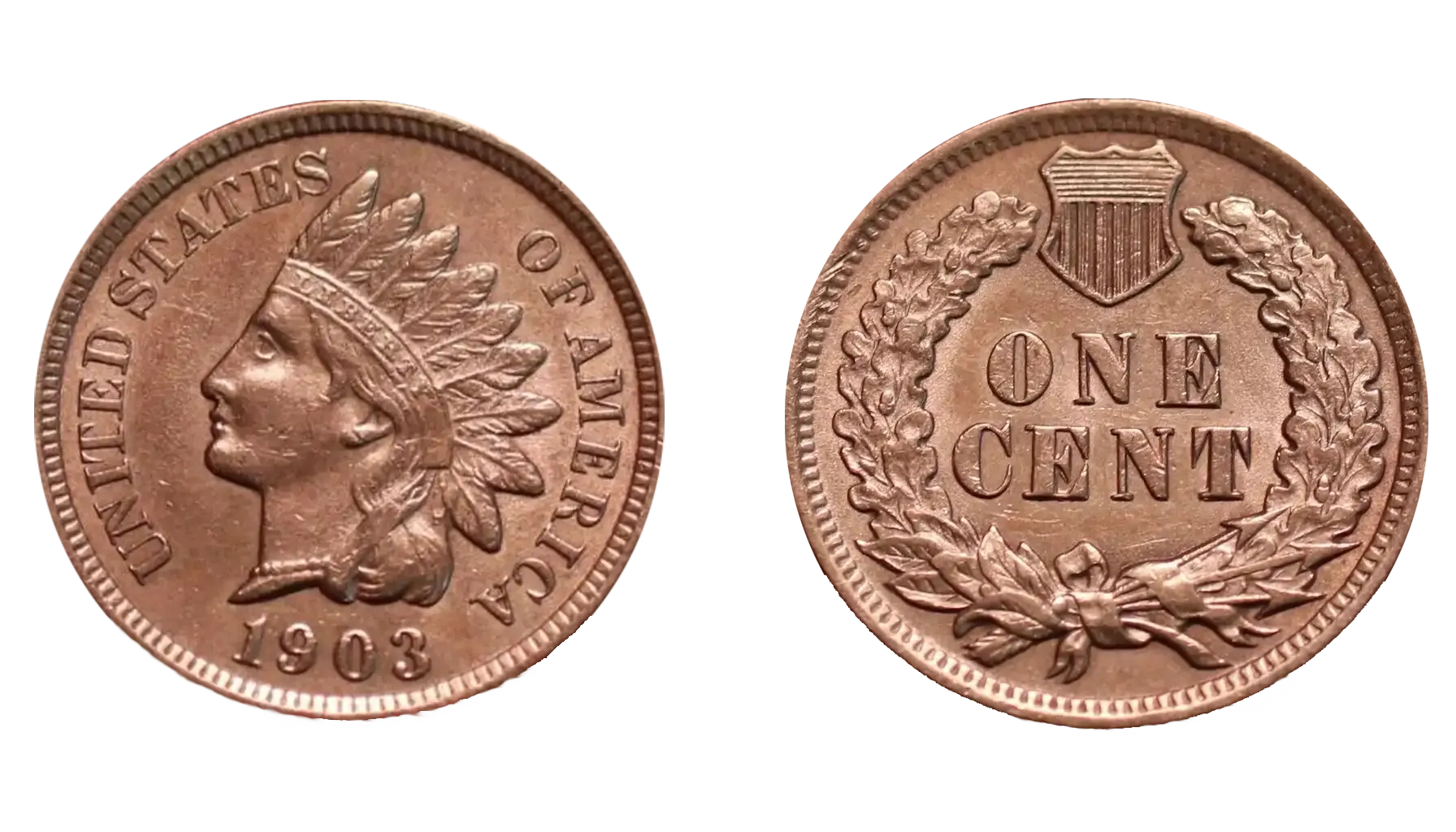
A coin that has been cleaned, even if it looks "better," will often be worth less to a collector than a naturally toned, original coin.
Collectors value originality and the story the coin tells. If you are thinking about cleaning a coin, don't, it is not how much is a 1903 penny worth the risk of ruining a coin.
The 1903 5 cent coin value (a nickel) has absolutely no bearing on the value of this particular penny. They are two entirely different coins, made of different metals, and worth vastly different amounts.
Common Errors
Finding a genuine 1903 Indian Head penny error is truly like hitting a mini-lottery for a keen coin collector! The simple presence of a documented and recognized minting anomaly can significantly boost the overall Indian Head penny 1903's desirability, and thus, its eventual market value.
Double Die
This is all about that double image. Let's say you find a 1903 Indian Head cent value where the "LIBERTY" lettering on the headband appears slightly doubled when viewed under magnification.
What's it worth? A confirmed and recognized doubled die variety in good condition (VF) could easily fetch $100-$300, or even more if it's a particularly dramatic example. The key here is research.
There are dedicated websites and books that catalog known doubled die varieties for each year. If you think you have one, compare it carefully to the known examples. Sending it to PCGS or NGC is a must for verification; they'll be able to tell for sure.
Repunched Mint Marks
Usually 1903s don't have mint marks. But If it exists with a repunched mint mark, it would be an extremely rare and valuable error, potentially worth thousands.
Again, not applicable to 1903, but good to remember for other coins, especially like 1901 Indian Head examples.
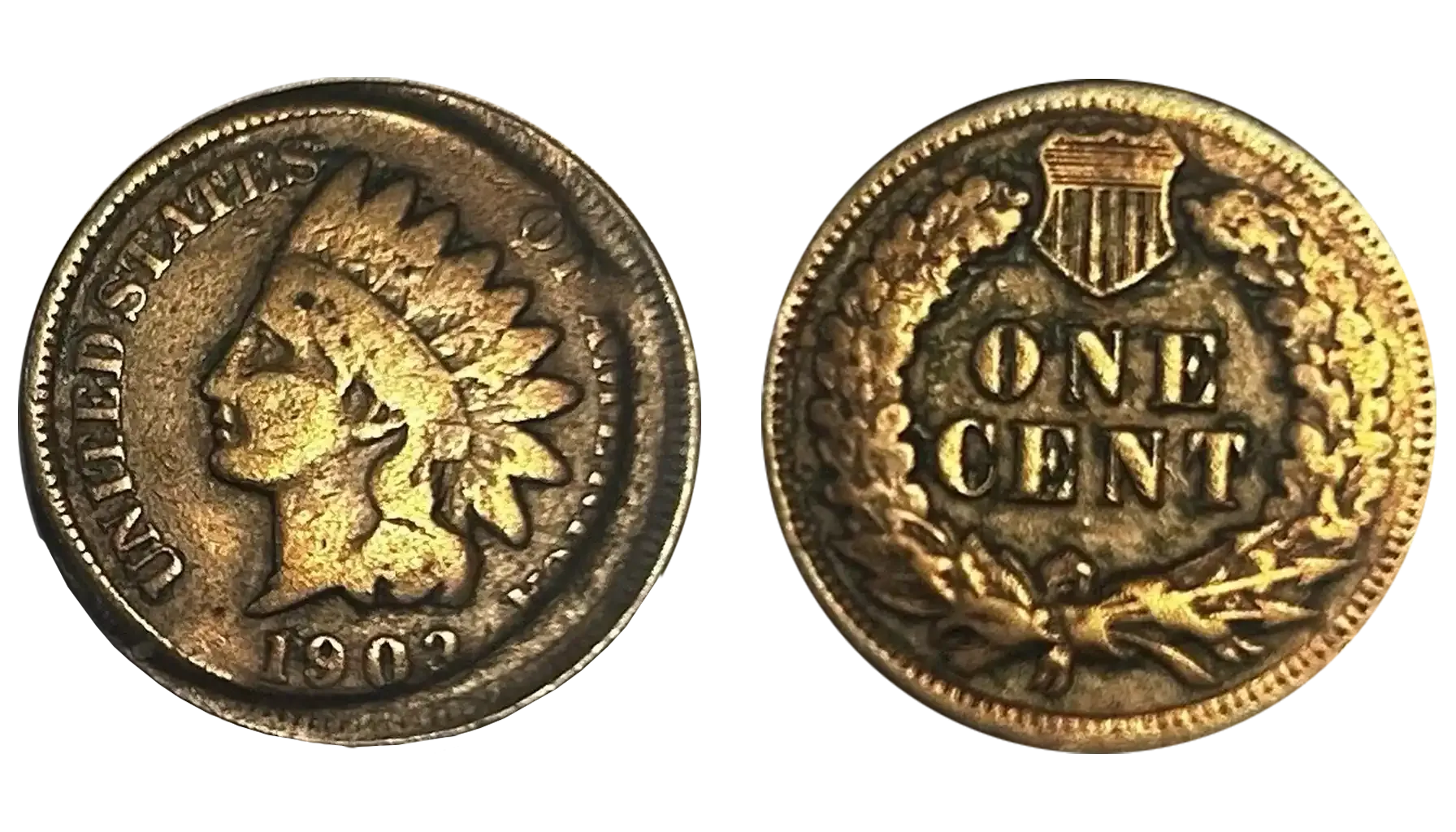
Off-Center Strikes
A slight off-center strike adds little to no value. However, a dramatic off-center strike can be quite desirable.
These can sell for $25-$75 depending on the severity and eye appeal. Be very careful to differentiate a genuine off-center strike from damage. Damage is never good.
Planchet Errors
If you find a one cent 1903 value based around a planchet error will always be high, in most cases, but there are things that could dramatically impact the overall price. Wrong metal: if a cent was struck on a planchet intended for another denomination, the coin would be the wrong color and weight. This is extremely rare and could be worth thousands. Thick/Thin Planchet: If the planchet were significantly thicker or thinner than normal, it would also be a valuable error. Again, these are super rare.
Die Cracks/Breaks
The value depends on the severity and location of the crack. A small, minor crack might add a few dollars to the value.
However, a large, prominent crack that runs through a major design element could increase the value by $20-$50 or more. As with doubled dies, it's helpful to research known die crack varieties for the 1903 Indian Head.
Recommendations
Don't just blindly buy coins hoping they're errors. Educate yourself.
Learn about the different types of errors, how they're created, and how to identify them.
Focus on high-quality coins.
A common coin in excellent condition is often more desirable than a damaged or poorly struck error coin.
When organising your own collection, it is also good to note that there is a lot of fake material in the market, especially error coins. So make sure you are getting your collection graded by experts, or buying from a reputable dealer, so you can be sure that they are authenticated and worthy of your collection.

